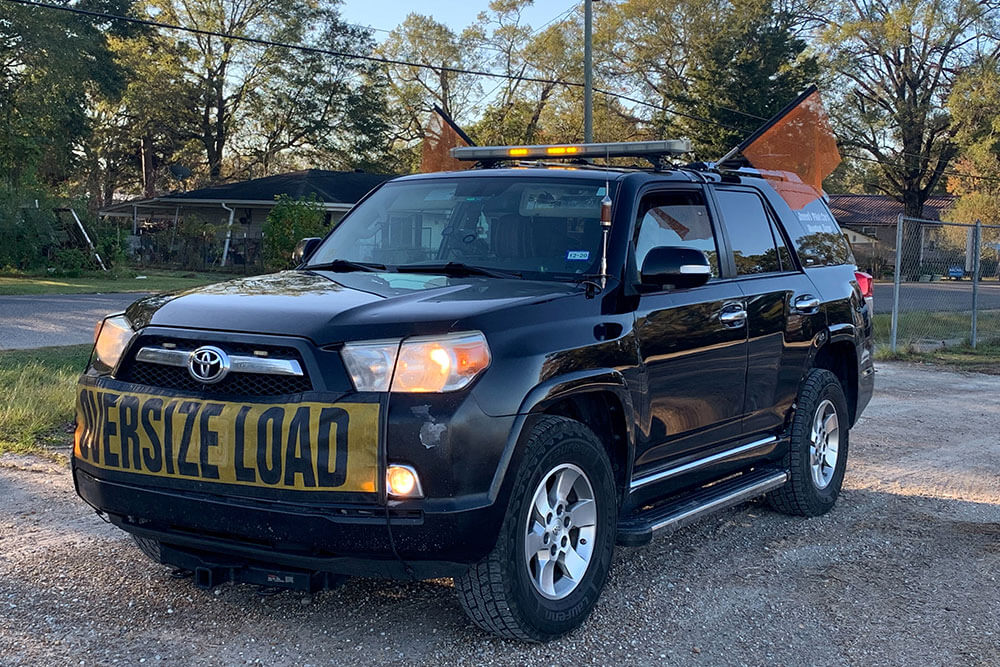Pilot cars play an essential role in ensuring the safety and efficiency of long-distance hauls in the transportation industry. These vehicles, also known as escort vehicles or flag cars, accompany oversized or specialized loads to help guide the truck driver and warn other motorists of potential hazards on the road. Given their crucial function in this process, it is imperative to address the question of how often pilot cars should be inspected, particularly for long-distance hauls in North America.
Importance of Regular Inspections
Regular inspections of pilot cars are vital to guaranteeing their optimal performance and safety on the road. These inspections help identify and address any potential issues or maintenance needs that could compromise the vehicle’s ability to fulfill its role effectively. Considering the challenging conditions often encountered during long-distance hauls, including varying road conditions, weather challenges, and heavy traffic, ensuring that pilot cars are properly inspected is key to mitigating risks and preventing accidents.
Frequency of Inspections
The frequency of pilot car inspections for long-distance hauls should be determined based on several factors, including usage, mileage, and regulatory requirements. While specific regulations may vary by state or province in the United States and Canada, there are general guidelines that can help establish a suitable inspection schedule for pilot cars:
Daily Inspections
Performing daily visual inspections of the pilot car is essential to check for any immediate issues that could affect its operation. Drivers should conduct a visual inspection before each trip to ensure that key components such as lights, tires, brakes, and signage are in good working condition. Any visible defects or malfunctions should be promptly addressed before embarking on a long-distance haul.
Regular Maintenance Checks
In addition to daily inspections, pilot cars should undergo regular maintenance checks to address wear and tear, fluid levels, and other essential components. These maintenance checks should be scheduled at predetermined intervals based on the vehicle’s usage and the manufacturer’s recommendations. Routine maintenance can help prevent breakdowns and prolong the lifespan of the pilot car.
Annual Inspections
An annual comprehensive inspection by a certified mechanic is recommended to assess the overall condition of the pilot car and ensure compliance with regulatory standards. This inspection should cover all major components, including brakes, steering, suspension, lighting, and safety equipment. Any necessary repairs or replacements should be carried out promptly to maintain the vehicle’s roadworthiness.
Post-Trip Evaluations
After completing a long-distance haul, pilot car drivers should conduct a post-trip evaluation to identify any issues that may have arisen during the journey. This evaluation can help pinpoint areas that require immediate attention or adjustments before the next trip. Addressing these issues proactively can help prevent potential safety hazards and ensure the pilot car is ready for the next assignment.
Final Thoughts
The frequency of pilot car inspections for long-distance hauls in the United States and Canada should be based on a combination of daily visual checks, regular maintenance, annual inspections, and post-trip evaluations. By adhering to a structured inspection schedule and addressing any issues promptly, transportation companies can enhance safety, compliance, and efficiency in their long-distance hauling operations. Regular inspections are a proactive measure that demonstrates a commitment to safety and professionalism in the transportation industry.

